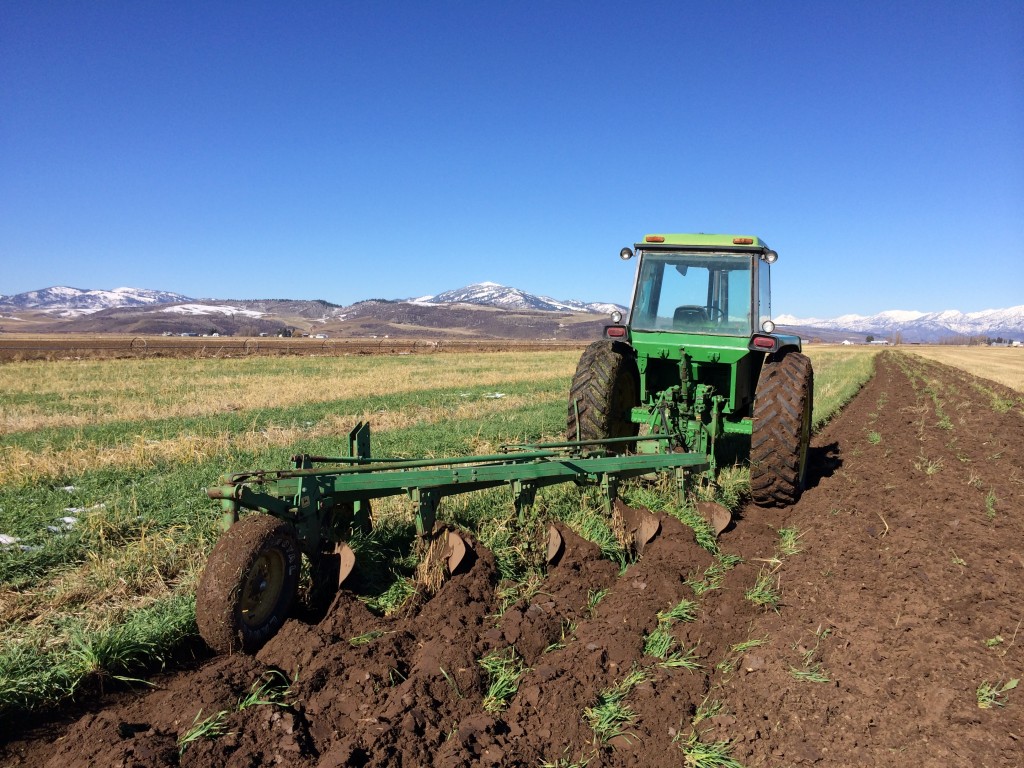Value Added Agriculture is the process of increasing both economic value and consumer appeal for a specific agricultural commodity. Many programs that focus on this method offer alternative production and marketing strategies and track rapidly changing food industry and food safety practices. Ranchers and farmers in Platte County focus on the keys to success in value-added agriculture.
Creating a high quality product satisfies the increased public demand for commodities such as natural beef and bison. Collaboration between producers has been a key to developing local enterprises and maintaining important relationships. Planning for the future is a key to the strategic development of farms and business owners. Whether it’s a new start-up, or an established business wanting to expand, value-added agriculture programs have succeeded in developing niche markets and enhancing profitability.
Agriculture
Agriculture brings continual economic growth to the Platte County region. Platte County is a production agriculture oriented community, with a growing number of ranchers and farmers in the region focusing on value-added agriculture. Residents promote and support the agricultural community. The State of Wyoming and Platte County government have encouraged the development of agriculture, including promoting discussion on questions such as local agriculture, plants, growing, livestock, product development, water rights and other pertinent issues.
Number and Size of Operations based on most recent statistics
- Number of Farms & Ranches 462
- Total Acres in Farms & Ranches 1,344,358
- Total Cropland Acres 211,768
- Average Size Farm or Ranch 2,910
- Median Size of Farm & Ranches 735
- Value of Land & Buildings (per farm) $ 951,813
Value of Inventory and Production
- Inventory Value of Livestock $ 122,427,000
- Value of Crop Production $ 18,635,000
- Total Value $ 141,062,000
Cash Receipts
- From Livestock Marketings $ 75,707,000
- From Crop Marketings $ 6,906,000
- Total Marketings $ 82,613,000
Livestock includes beef and dairy cattle, sheep and hogs. Major crops include native and alfalfa hay, wheat, barley, oats, corn, dry beans, and sugar beets.
In addition there has been an increase in the production of specialty crops such as grapes, raspberries, organic wheat and other more labor intensive crops. There is also a group of ranchers who are raising organic and grass fed beef.
